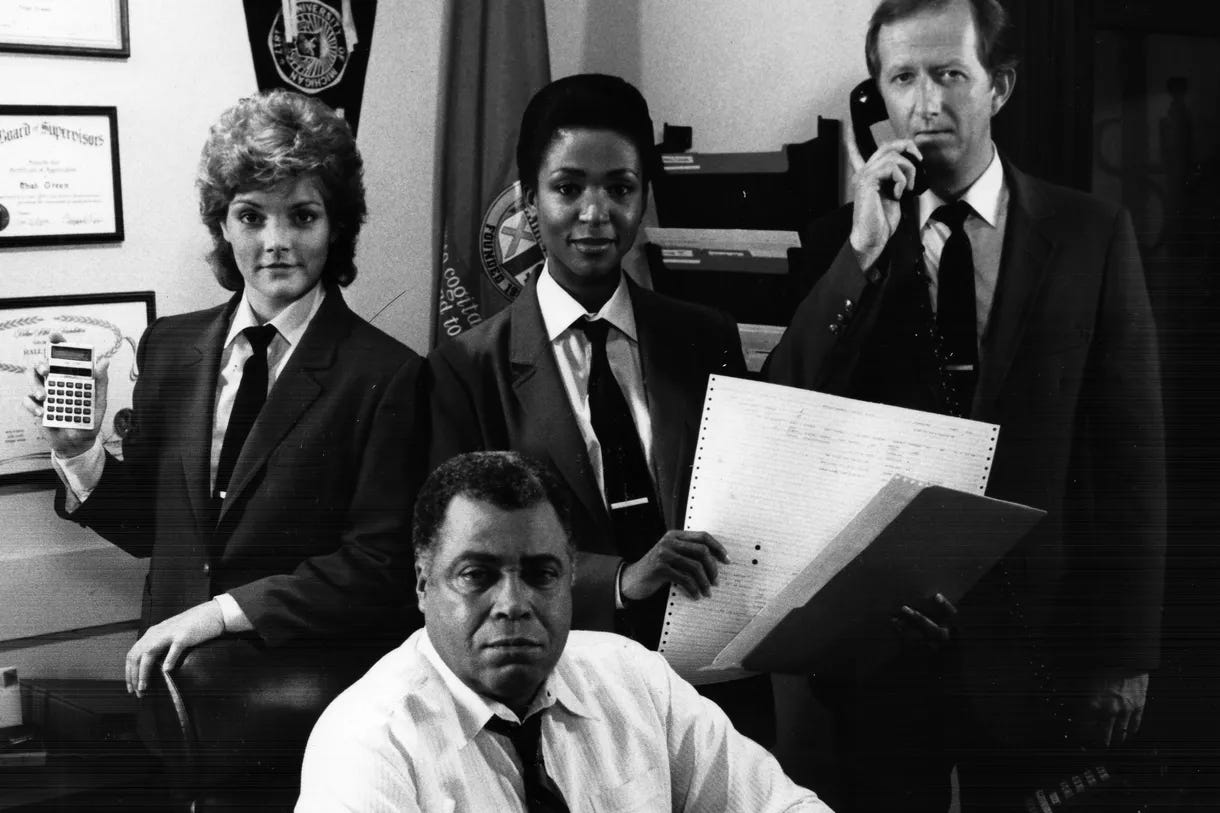A Spark That Spreads (#86)
1, 1, 2, 3, 5, 8, 13, 21…
The Fibonacci sequence is “the sequence of numbers 1, 1, 2, 3, 5, 8, 13, 21, …, each of which, after the second, is the sum of the two previous numbers…”1

You may have heard of it in relation to art and nature, although its’ apparent influence on creation is grossly exaggerated; there are some plants and organisms that divide and conquer by the rules of Fibonacci, but not that many.
Heck, the guy who was known as Fibonacci wasn’t even the one to discover the mathematical X.2 (Fibonacci isn’t even his real name!)
I first heard of the Fibonacci sequence not from artistic applications, but from one of the best children’s shows in the late 1980’s / early 1990’s. Square One was educational entertainment that taught mathematic principles through various skits and catchy cartoons.
The pièce de resistance each half-hour was a live-action segment inspired by Dragnet, called - perhaps unsurprisingly - Mathnet, in which the team of detectives would have to solve crimes with, at their core, a math problem.
(Before you scoff at me and my youthful, nerdy joy, Mathnet inexplicably had actual production value, good script writing, and real budget for top actors in what amounted to only a 10-minute segment each week.
I mean, the chief of police was Darth Vader.3)

Okay, so what about Fibonacci?
Well, during "The Case of the Willing Parrot," Frankly and Monday are trying to locate a dead silent film star’s fortune, and it’s the star’s pet parrot, Louie, who has the key to crack the case:
…[The parrot] keeps reciting “1, 1, 2, 3,” the beginning of the Fibonacci sequence, but the Mathnetters don’t catch on to it until Louie hides in the mansion’s gardens and reveals himself when they call out the sequence. This part of the sequence is represented on a painting in the mansion, and is the combination to the safe behind it. They find a tape recorder there, which leads them to a complicated Fibonacci-like tile pattern behind [the film star’s] rose bushes.4
Why has this stuck in my head all this time?I don’t know, but the real question is, what information has been evicted from my hippocampus to let this knowledge squat rent-free?
Regardless, I like the Fibonacci sequence (as much as any former amateur “mathlete” can favour a numerical pattern or property), and I was leaning on it to compose the poem at the beginning, it occurred to me why.
I like how it shows the possibility of change - how two little numbers can expand to mammoth proportions; how small actions can lead to great growth.
How the entire world can change with a simple spark.
a spark that spreads: a wildfire grazes; gentle licks of light, unchecked. fingers of flame that caress their tender necks - and frozen in place, they try to oblige the first blushes of blaze: “They just want to warm you up - guard you from future chills” - but their love’s too much, so the only option is to drown.
Britannica. (Last updated: 6 Nov. 2023). Fibonacci sequence.
Ghose T. (1 Mar 2023.) What is the Fibonacci sequence?
Edwards P. (13 May 2015.) 9 facts only Mathnet fans will care about.
Square One Television: A fan site dedicated to the PBS show that lasted from 87 to 92. (n.d.). The Case of the Willing Parrot



Bryn, I learned so much from this fabulous post - thank you! I love the Mona Lisa diagram, but I chuckled that the shape so beautifully represents my favourite punctuation mark!
Your poem is wonderful. 🔥
Even if it doesn't appear as often as I thought, I still love Fibonacci numbers and to me they are mystical perfection.It drives my Math curriculum designing sister crazy that when asked about my belief system, I reply that I believe in Fibonacci numbers!